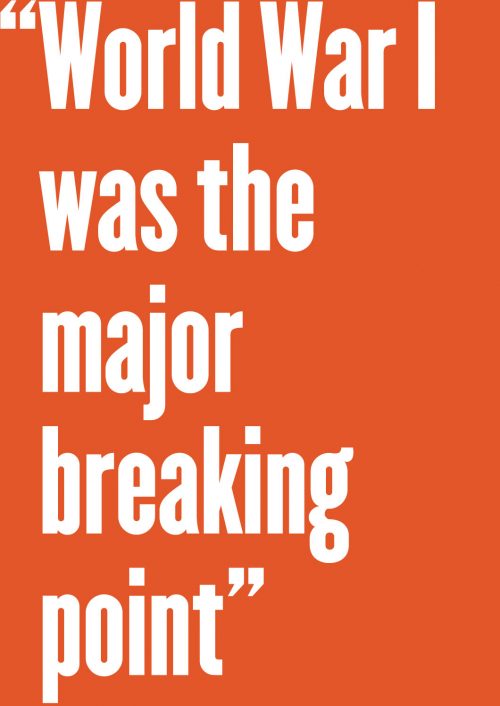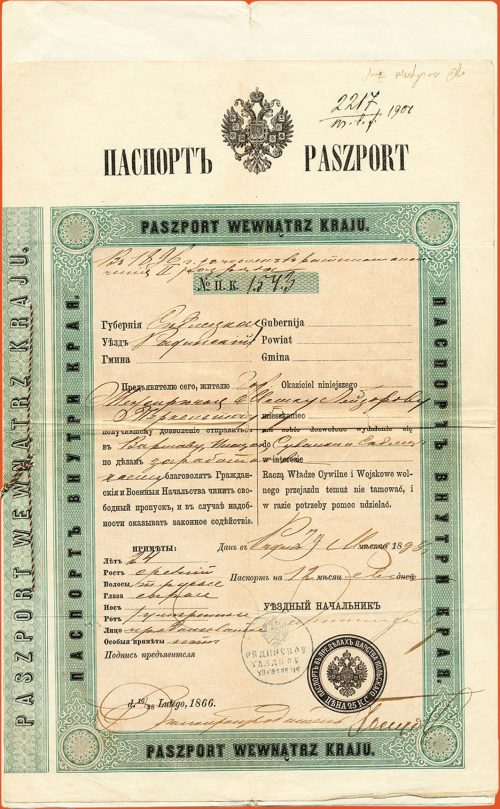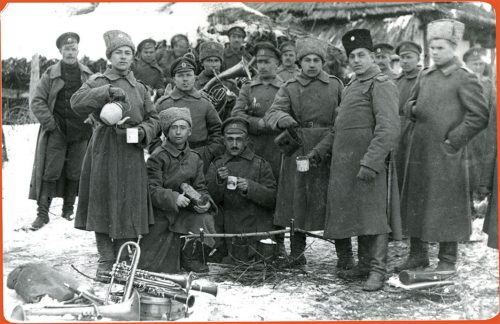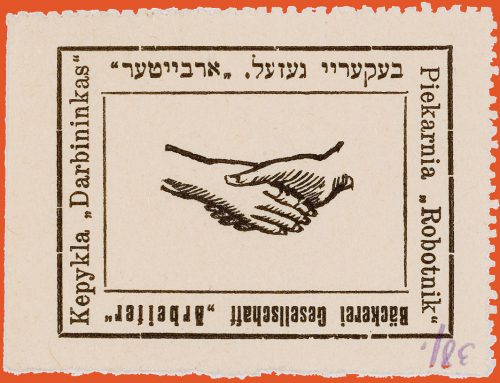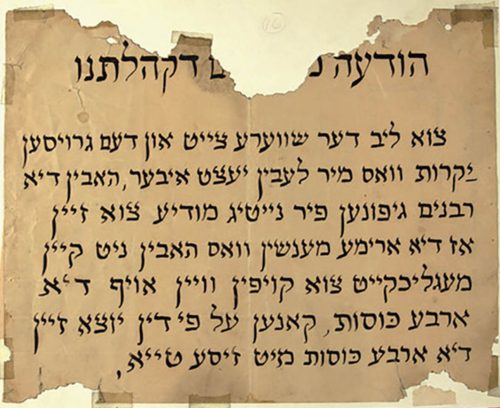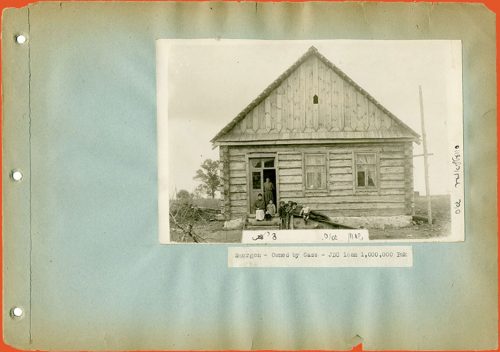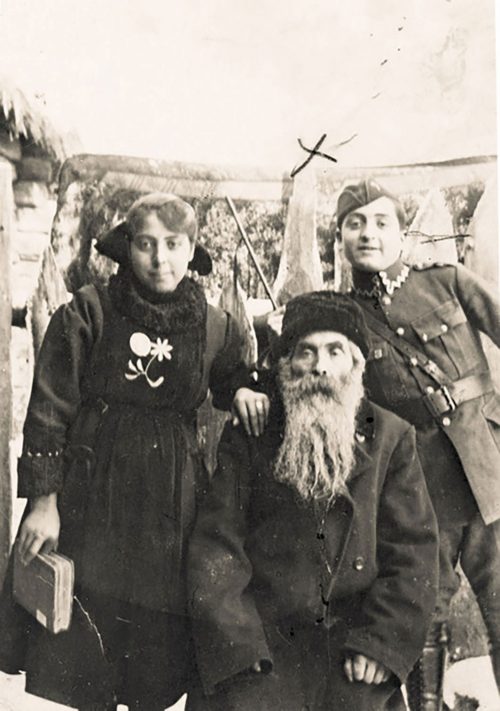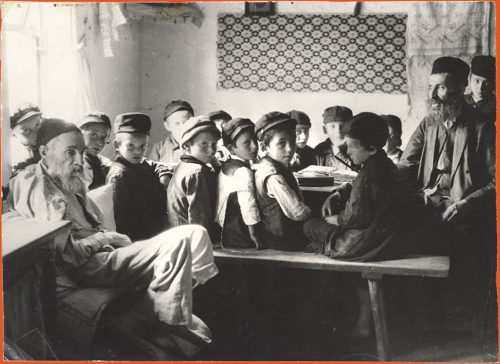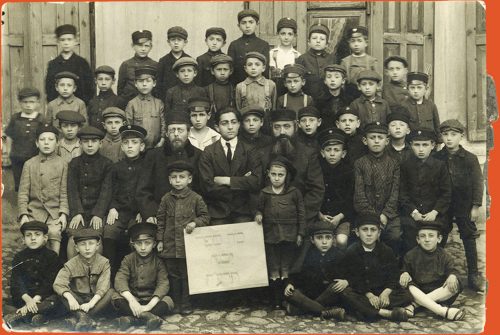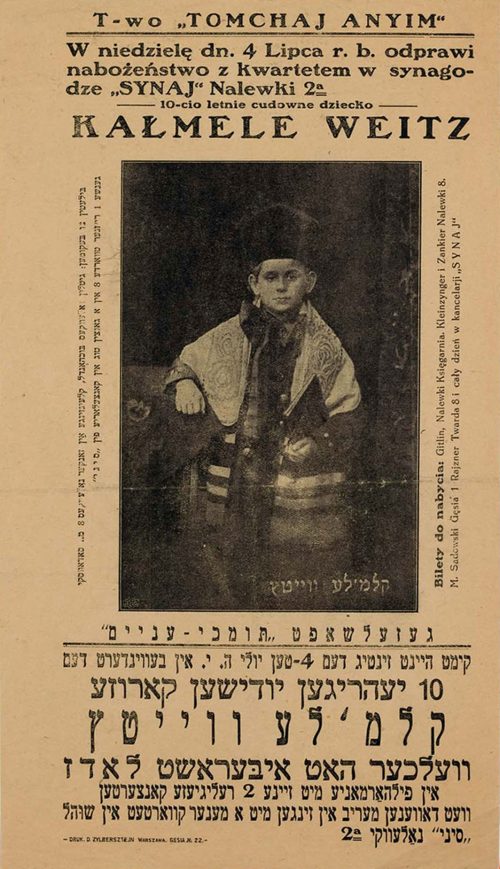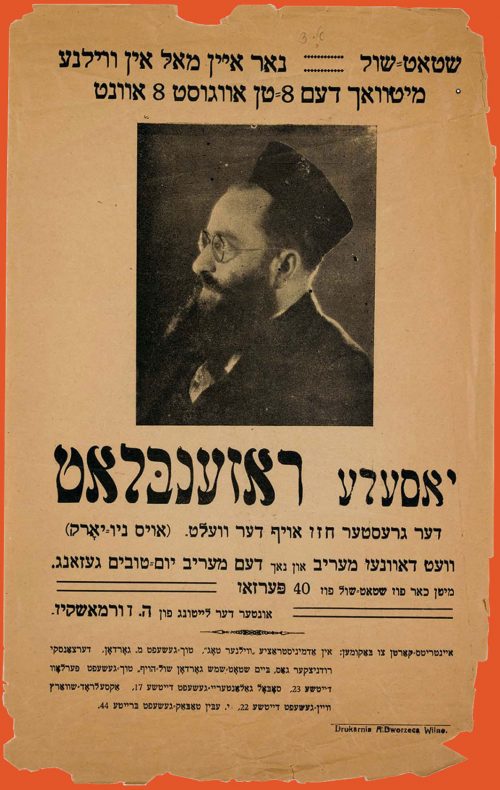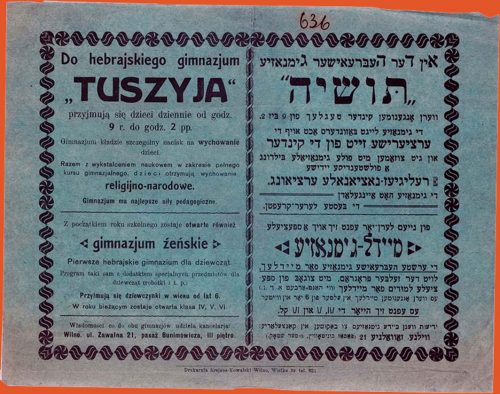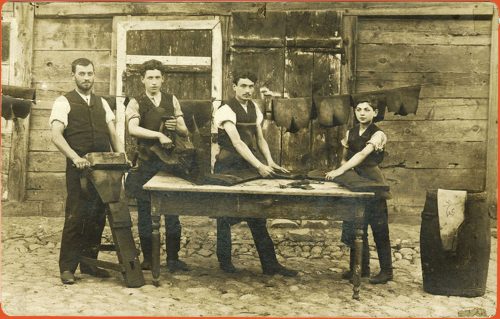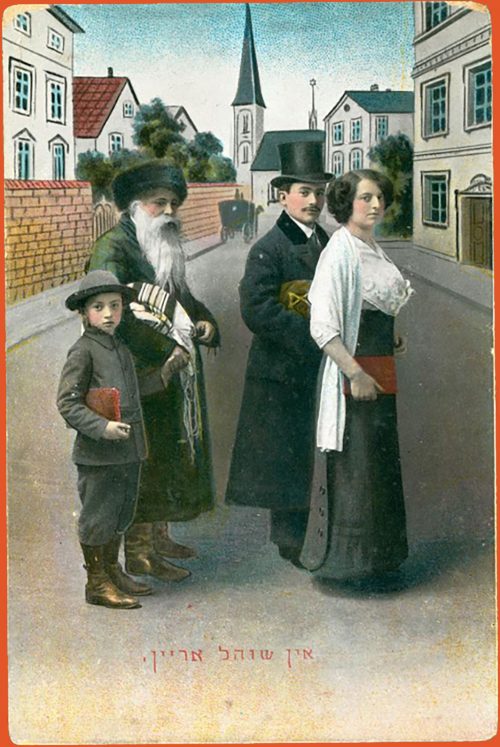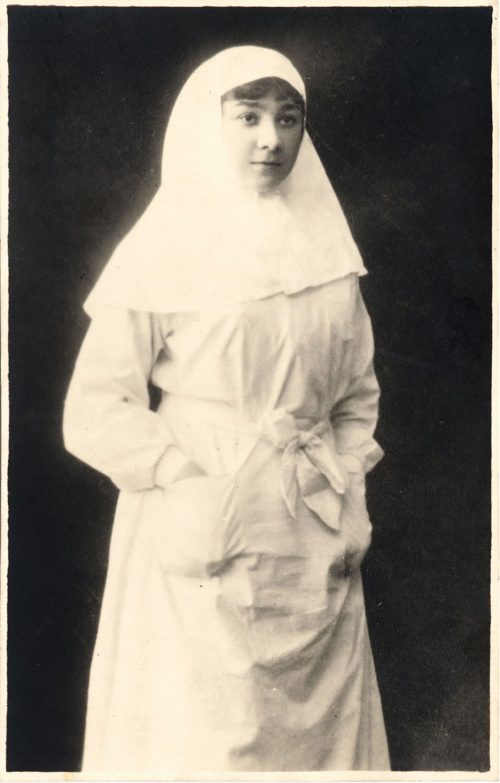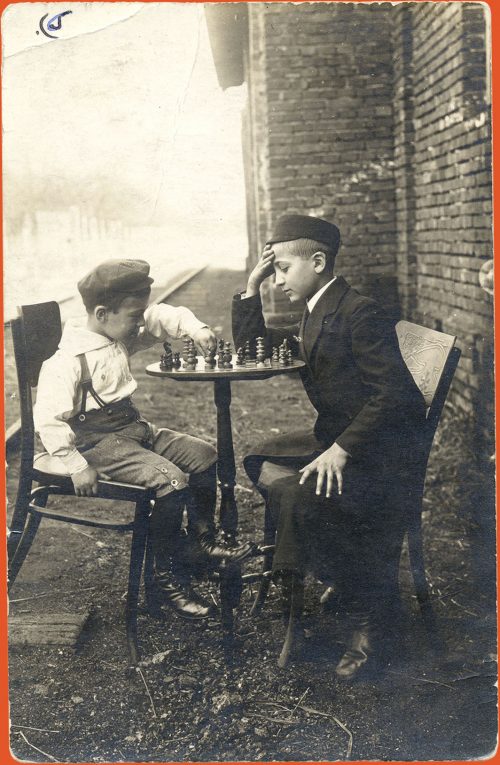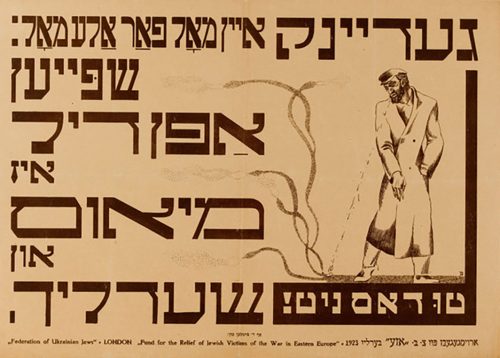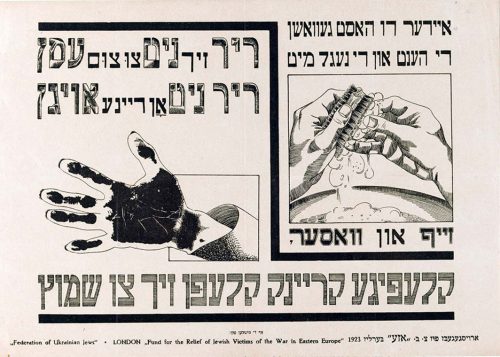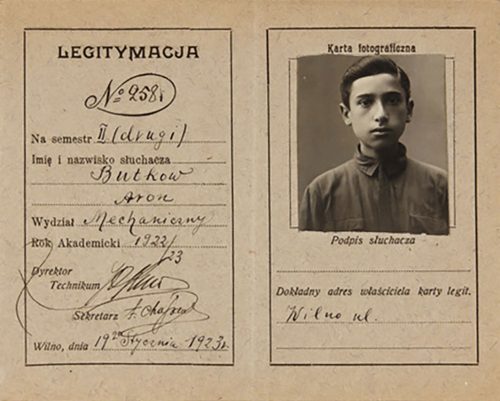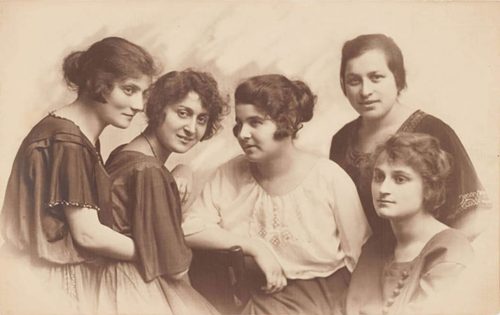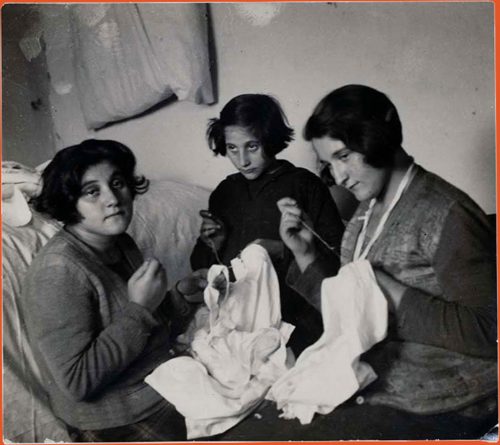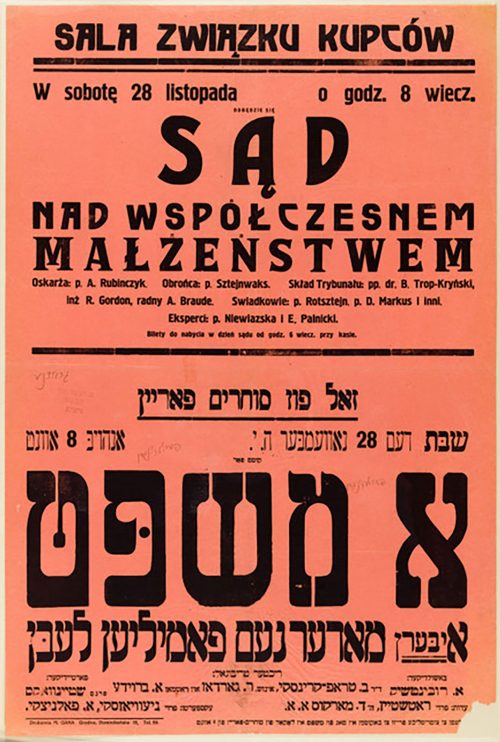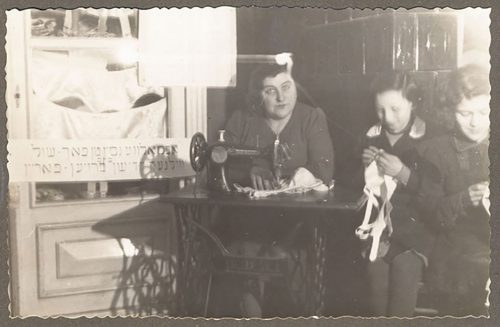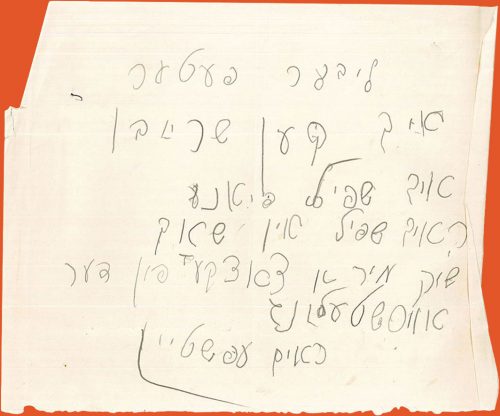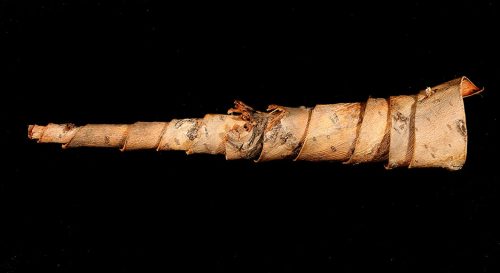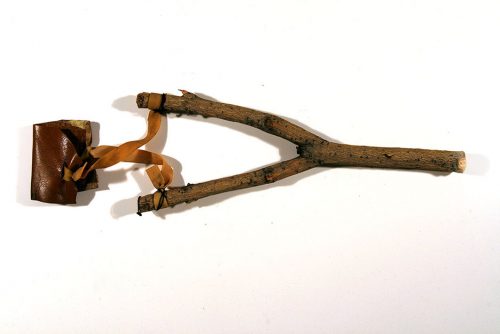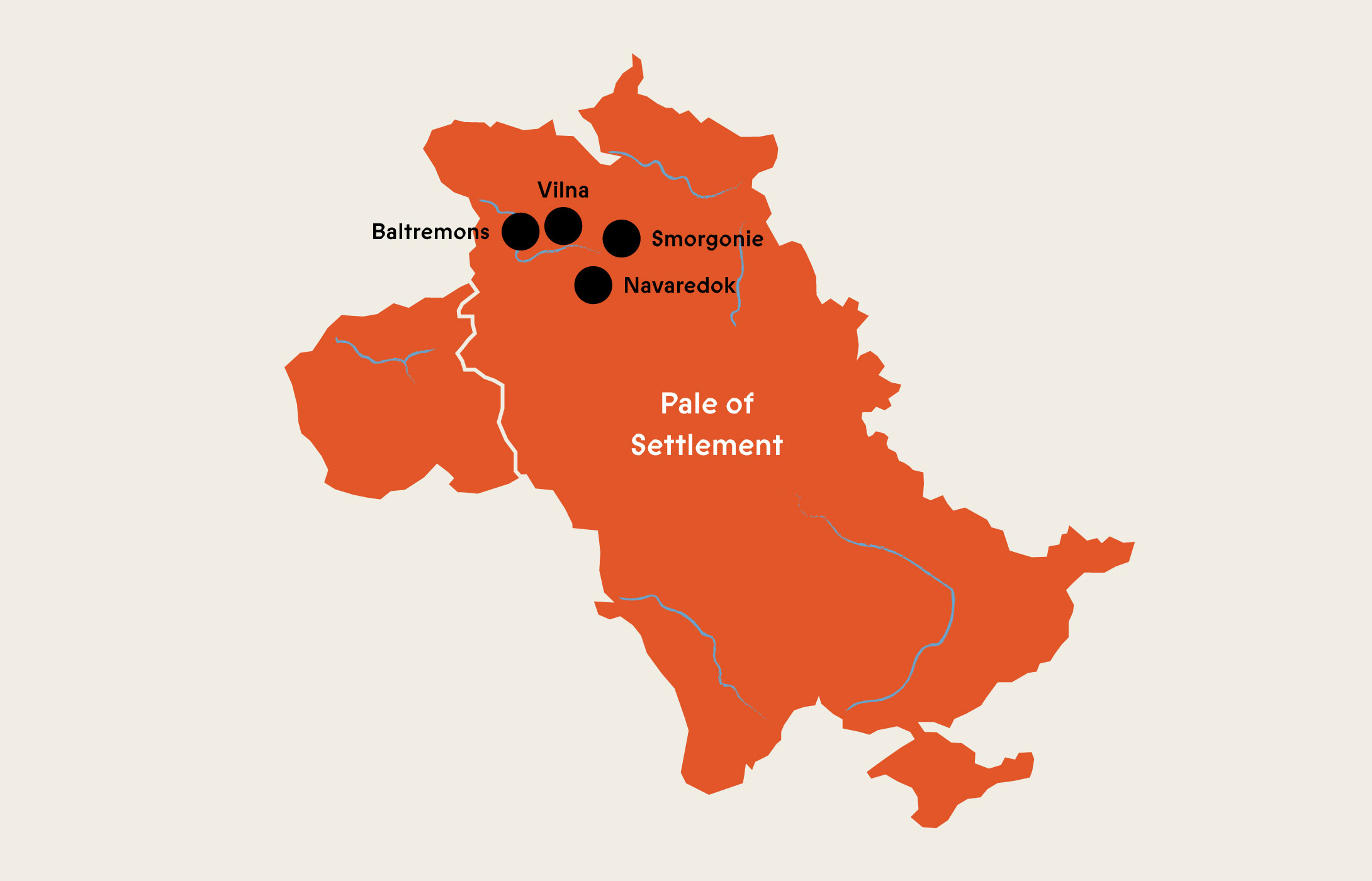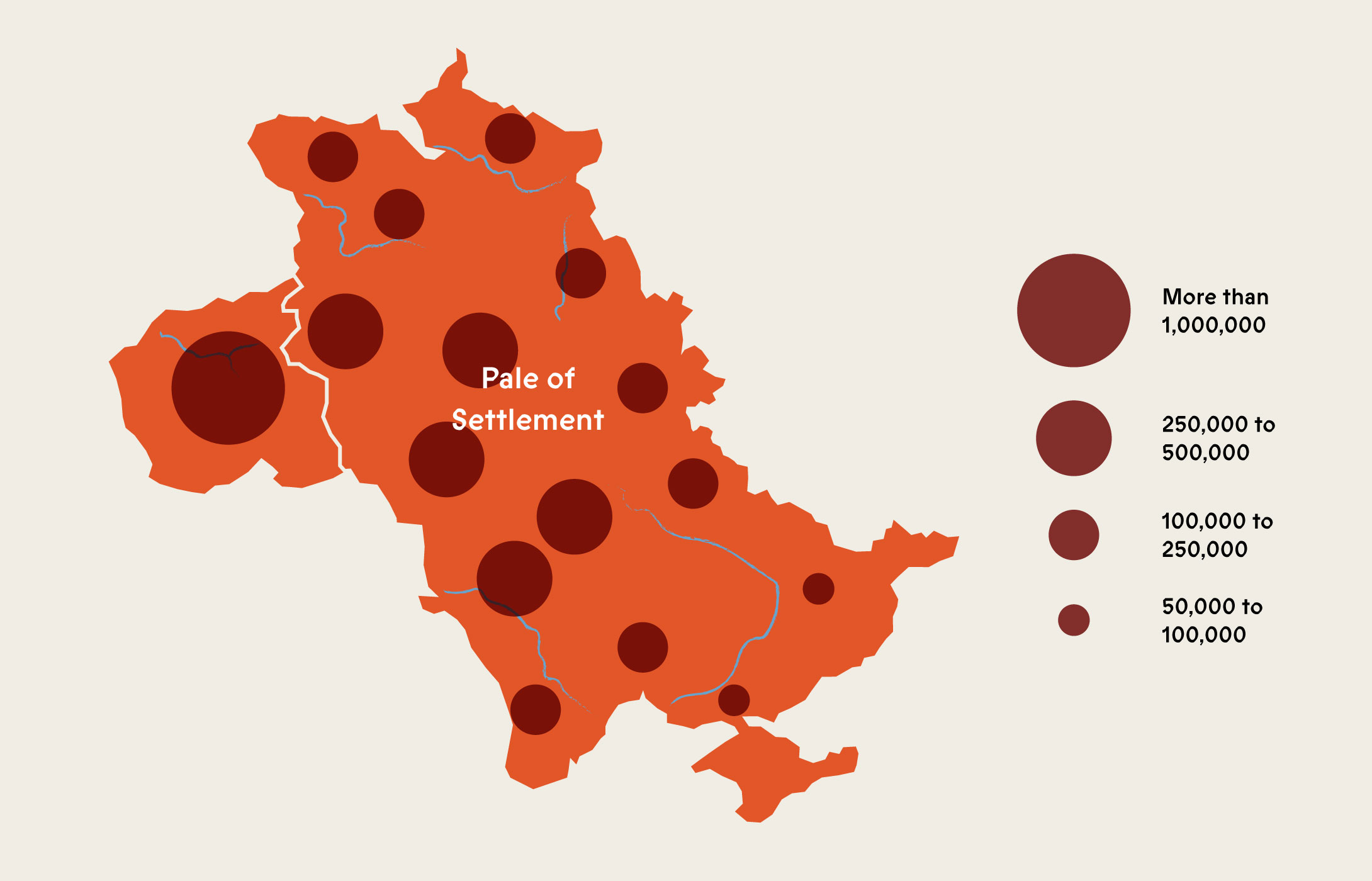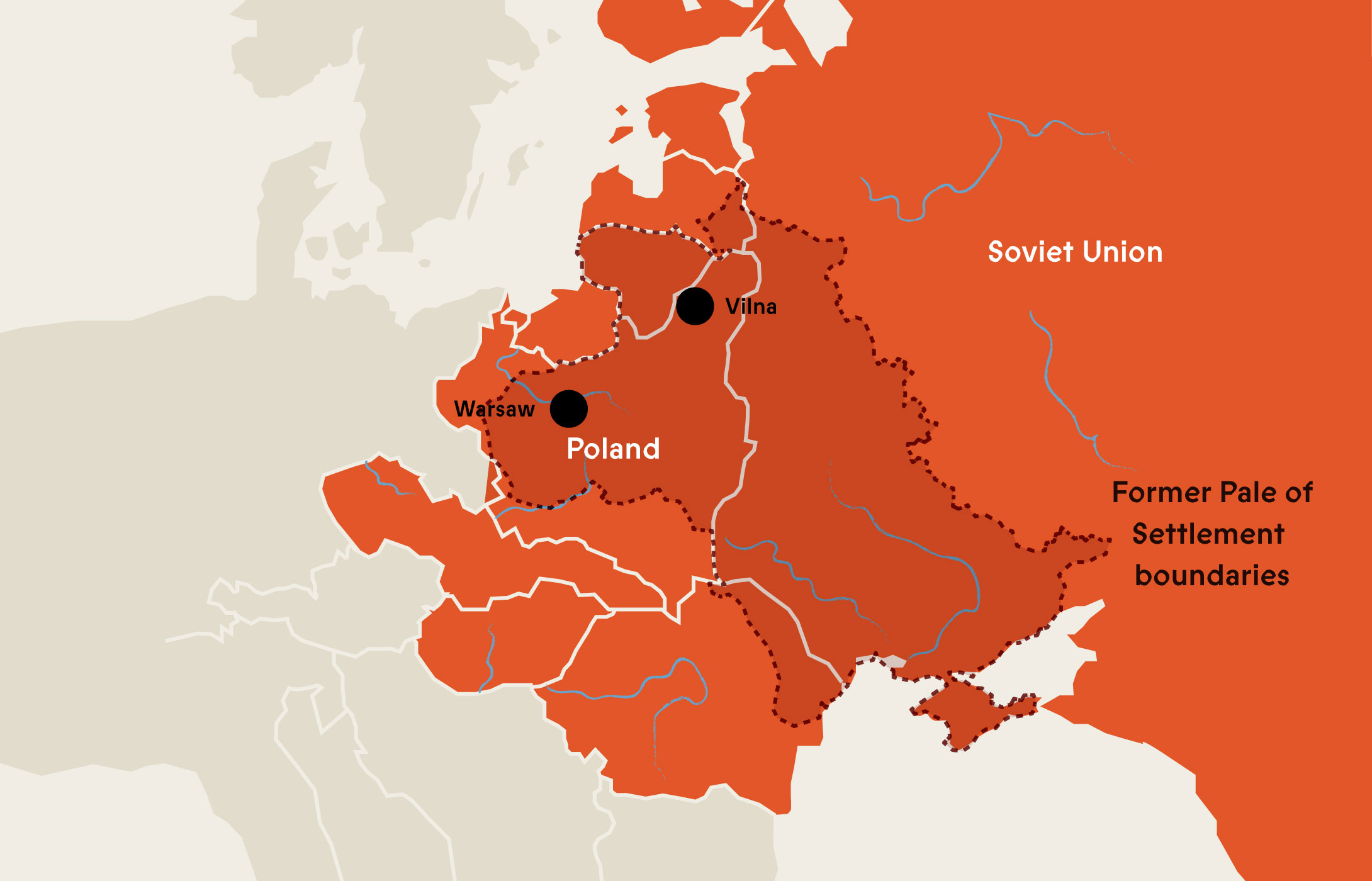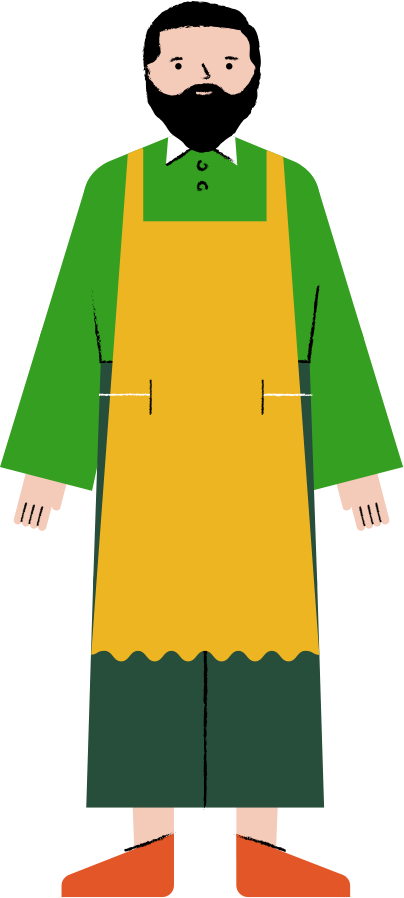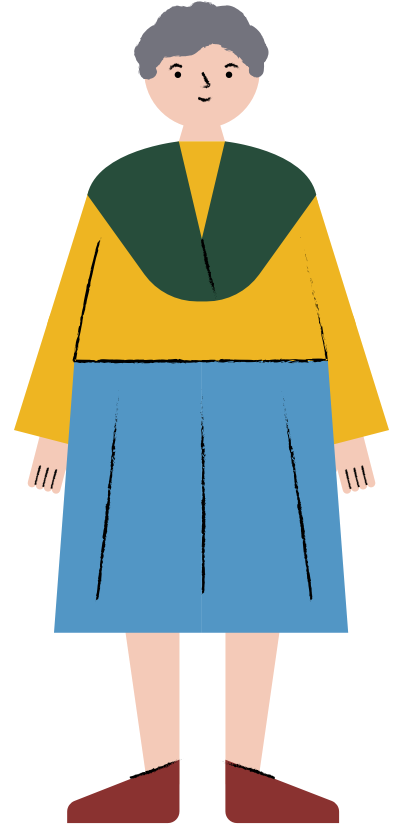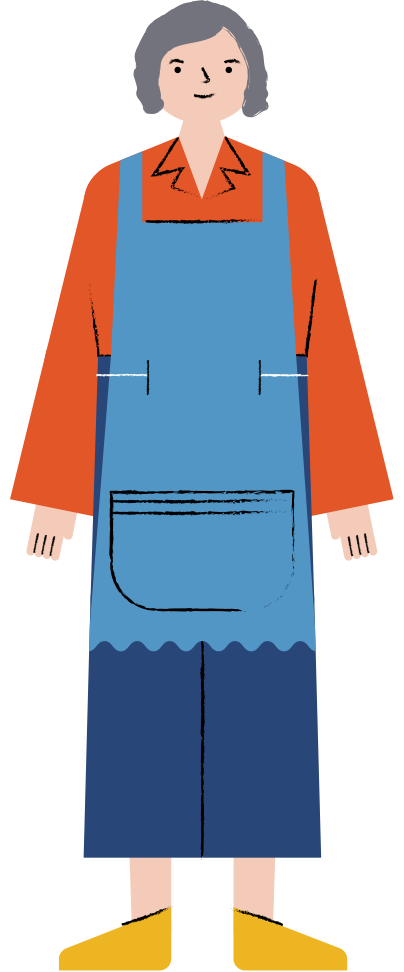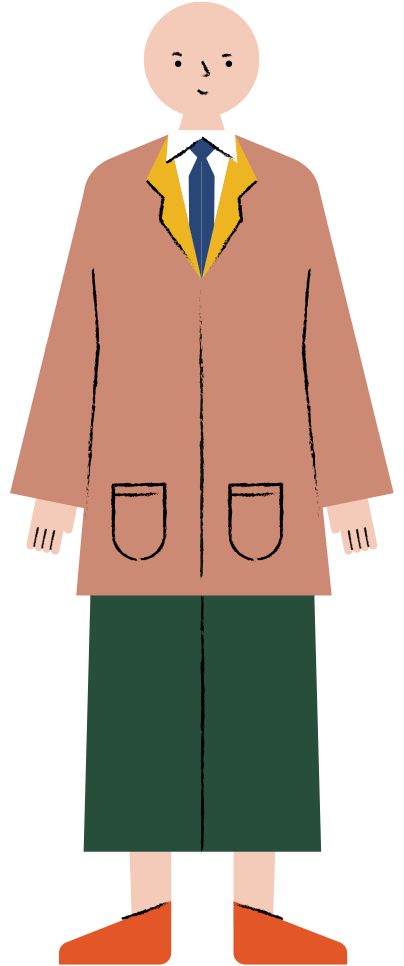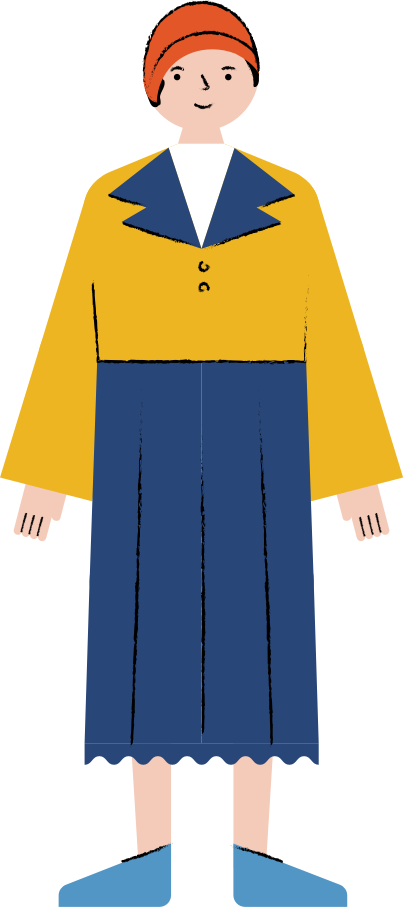A loving family, thriving through a period of great changes
Here, through the story of Beba Epstein’s family, you will learn about all the historical changes that affected the Jewish community in Poland between the 1850s and the 1930s. The community experienced restrictions on their lives during the Russian Empire, several revolutions, war, a Jewish enlightenment movement, and lots of shifting borders. Let’s embark on their journey!
Start of U.S. Civil War
Maternal Grandparents Historical Context
Pogroms
Before 1881, violence against Jews was rare in the Russian Empire, although the Jews were seen as a group whose behavior needed to be substantially modified by government intervention through, for example, prohibiting traditional Jewish forms of dress and compulsory enrollment of Jewish men into the army. Starting in 1881 there was a wave of pogroms in the southwestern provinces of the Russian Empire. Pogroms are acts of mass violence directed against Jews. Sometimes these acts of violence were accepted by the local authorities, who turned a blind eye to what was happening. Other times they tried to suppress pogroms because it reflected badly on them with their superiors. Violence was directed against the Jews and their property. Approximately 150,000 Jews were killed during pogroms between 1881 and 1921. Nearly 100,000 of such deaths occurred during the Russian Civil War.
Job Restrictions
The jobs that Jews of Eastern Europe could do were limited by non-Jewish society—mostly through legislation. The most famous of these laws banned East European Jews from owning land. As a result, Jews tended to live in cities and towns and hold jobs that served an urban population. Jobs that Jews held included small-scale traders, artisans, tailors, water carriers, porters, horse cab drivers, and grocery store workers. Jews could also work serving the Jewish community. For instance, they might work as a kosher baker and butcher.
Travel Restrictions
Travel was another restriction imposed on the Jews of the Russian Empire. Most Jews at this time were not allowed to leave an area called the Pale of Settlement. According to law it was the only place they could live. Jews who were allowed to leave—merchants of the First Guild, holders of academic degrees, some military veterans, and Jewish master craft workers—still often faced burdensome bureaucratic regulations. A lot of the Jews who lived outside of the Pale did so illegally and, if found, they could be sent back to the Pale in chains, under military escort.
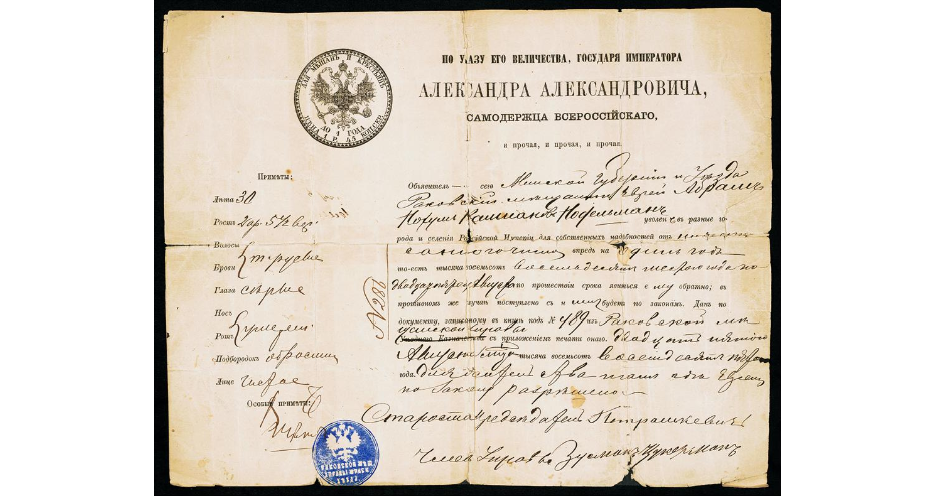
Paternal Grandparents Historical Context
Private Towns
When David Epstein was born, the town he lived in called Smorgonie was the private property of the Radziwiłł family. Most of its population was Jewish. 100 years before Epstein was born a lot of changes were happening in the area of his hometown. By the 1770s, more than half of Polish Jews lived in hundreds of private towns owned by rich nobles, where their rights were often maintained by the owners of the towns. A third lived in villages. The others lived in towns under the control of the king, where the position of Christian burghers was stronger and Christian guilds and the Catholic Church fought to reduce Jewish residence rights. But by the mid-1800s the Russians took over the area as part of the partition of Poland that occurred in 1795. Most of the land that belonged to these rich families became integrated with the Russian Empire. That’s when Smorgonie became a shtetl. A shtetl was a town with a Jewish population that was big enough to have a regular day market that attracted buyers and sellers from the surrounding countryside. After World War I and the collapse of the Russian Empire, the city became part of Poland. Borders shifted often. Over the years, a person could live in the same city, but be of different nationalities at different times!
Pale of Settlement
The Pale of Settlement was one of the only areas of the Russian Empire where Jews were allowed to live. It was the biggest legal restriction imposed on the Jews of the Empire. It was created when Moscow’s merchants protested to the municipal government about the growing number of Jewish merchants. The merchants of Moscow falsely accused the Jews. They claimed that their “well-known fraud and lies” made competition with Jews impossible.
Religious Study
Synagogues are more than houses of worship. They are also places of study for religious scholars. Scholars study the Talmud, a collection of centuries’ worth of Rabbinic wisdom on Jewish law and legend. This is a lifelong endeavor for men.
Because women were not supposed to study holy texts, it was considered acceptable for them to spend time on secular subjects. Therefore, many women, particularly from more intellectual families, ended up with more secular education than men, often speaking multiple languages. This was useful for business. It was normal for Jewish women to work and help support their families, although the dominant position of the men was not challenged. In families where husbands devoted all their time to religious study (which was considered a great honor), women were the breadwinners in the family.
Parents Historical Context
Kheyder
Before World War I, the kheyder was the most common type of elementary school for Jewish boys. A dawn-to-dusk religious primary school. All boys attended kheyder. If their family couldn’t afford it, the community would pay for them.
In the first level, little boys learned the Hebrew alphabet and reading skills. They read the prayer book and the weekly Torah portion, and translated it into Yiddish equivalents (the Torah are the first five books of Moses found in the Old Testament). The next level was to read the Torah with the commentary of the famous Rabbi Rashi. Once all kheyder levels were completed, gifted boys would go on to the study of the Talmud at a yeshiva. Not all boys were as bright as their peers, nor many could afford to attend a yeshiva, so their religious education ended when they were around 13 years old. They could go on to secular schools or stop studying altogether.
Yehudia and the Haskalah
The Yehudia was a modern Jewish school. Girls there learned Hebrew and other subjects. What made this type of education possible for girls was the Haskalah, or Jewish Enlightenment movement. It was a late nineteenth century movement that wanted to modernize Jewish society. The fact that Malke Epstein received this type of education was unusual. In the year she was born, the Russian census showed that 60% of Jewish women in their 30s were illiterate (even in Yiddish!) and 82% could not read or write Russian. Malke could do both. The Haskalah, and mandatory education in Poland after independence, opened the doors of education for the next generations of Jewish women.
World War I
World War I took place between 1914-1918. It involved many countries around the world in a conflict of unprecedented destruction and slaughter. The war started with the assassination of the Austrian archduke Franz Ferdinand, by Serbian nationalist Gavrilo Princip in 1914. Princip had hoped to liberate the region from the Austrian-Hungarian Empire.
The Central Powers (Germany, Austria-Hungary, Turkey, and Bulgaria) fought against the Allies (Great Britain, France, Russia, Italy, the United States, and other countries). Roughly half a million Jews fought in the Russian military during the course of the war. More than half of these were volunteers. The fighting between Russia and the German and Austro-Hungarian empires took place mostly in the Pale of Settlement and Congress Poland (At the time, Poland was divided and occupied by the Russian, Prussian and Austrian Empires. Congress Poland was a region created by the Russian Empire, within their area of occupation, to placate the desire for a Polish nation. It was an independent and semi-constitutional state). That was the heartland of East European Jewry, home to over 4 million Jews. During spring and summer of 1915 Germany took control of Lithuania, Latvia and all areas of Poland in the Russian Empire, as well as parts of Volhynia and Belorussia. That meant around 40% of the Russian Empire’s Jews were under the rule of the Central Powers during World War I. Vilna was under German occupation. After the war Poland became an independent republic in 1918, and Vilna was incorporated by Poland in 1922. The war ended the German, Russian, Austro-Hungarian and Turkish empires, led to the Russian Revolutions, and destabilized European society and economy.
Russian Revolutions of 1917
Many factors combined to bring about events that would change the world forever. This included years of unrest by workers and peasants, activism by anti-tsarist political movements, food shortages, a weak economy, dissatisfaction over corruption in the government, and catastrophic losses suffered by the Russian Army.
In 1917, when Russia was still fighting in World War I, it underwent two revolutions that resulted in the end of imperial Russia.
The first revolution occurred in February. It put a temporary government in place, but it almost immediately faced a challenge from more radical “soviets” (workers’ and soldiers’ councils), especially in St. Petersburg and Moscow. The soviets were increasingly under the influence of the Bolsheviks, led by Vladimir Lenin. By October 24, the start of the second revolution, they were strong enough to overthrow the temporary government. This led to over 70 years of Communist rule. The Bolsheviks soon took complete control. By 1922, “Russia” was renamed the Union of Soviet Socialist Republics (Soviet Union).
For the first time since they had been admitted to the Russian Empire, Jews gained full civic equality. However, Jewish religious life was repressed, and all separate Jewish political movements were outlawed by 1921. Nonetheless, some Jews enthusiastically embraced communism and attained high positions in the Communist Party. Only a small minority of Jews ever fully embraced communism. But because these few Jews rose to prominence in the party, there was eventually a widespread belief that all Jews were to blame for communism.
Siblings Historical Context
Healthcare
Why were Beba’s family members sick all the time? Medicine and healthcare weren’t advanced like they are today. In Vilna, there were private doctors and hospitals available. But they weren’t as developed as in modern society. People often resorted to healers and “folk” medicine. Hygiene habits and medical infrastructure were also different. There was no sanitation, no knowledge of nutrition, a lack of preventive care, no antibiotics or antiseptics, and no vaccines. This caused many diseases to spread wildly within all communities, not just among Jews. Nevertheless, serious attempts were made within the Jewish community, above all by organizations like OZE, an organization devoted to health, hygiene, and childcare for the Jewish population, to introduce more modern methods of healthcare.
Abba Senitzki
Maternal Grandfather
Khane Adelson
Maternal Grandmother
David Epstein
Paternal Grandfather
Khaye Kroyne
Paternal Grandmother
Shimon Epstein
Father
Malke Epstein
Mother
Beba, Esye, Mote, and Khayim
Siblings
